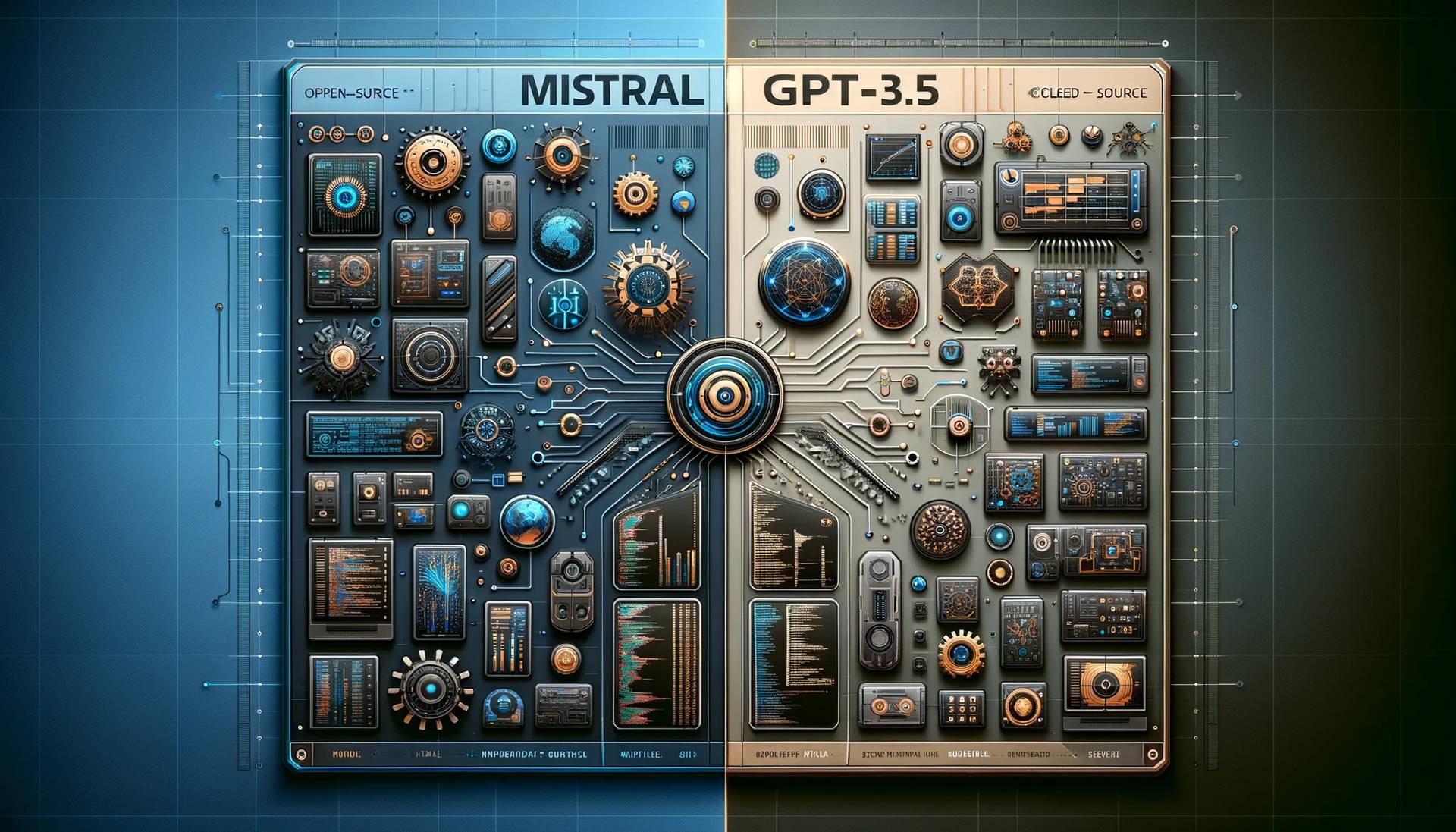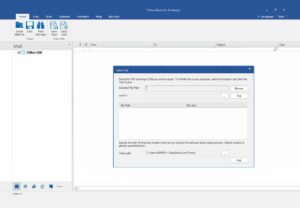
The AI landscape is continuously evolving, with new models like Mistral AI 7B challenging established ones like GPT-3.5. This article compares these two models in terms of performance, capabilities, and cost.
Performance and Capabilities
Mistral AI 7B
- Fast inference and longer sequences: Mistral AI is designed for rapid inference and handling longer sequences, capable of managing an 8,000-token context length.
- Attention mechanism: Utilizes grouped-query and sliding-window attention, optimizing for lower latency and high throughput.
- Model size and memory requirements: A 7B parameter model that is less memory-intensive.
- Accessibility: Available under the Apache 2.0 license, making it freely accessible.
GPT-3.5
- Versatility in tasks: Known for its ability to handle a wide range of tasks with deep language understanding capabilities.
- Computational intensity: More resource-intensive due to a higher model size.
- Shorter sequences handling: Optimized for shorter sequences compared to Mistral AI 7B.
[embedded content]
Cost comparison
- Mistral AI 7B: Remarkably cheaper, approximately 187 times less expensive than GPT-4 and 9 times cheaper than GPT-3.5. The cost of running on an NVIDIA A100 40GB GPU is about $2.67 for processing around 15.2 million tokens in 40 minutes.
- GPT-3.5: Involves higher operational costs. The cost per input token ranges from $0.0015 to $0.03, and for output token from $0.002 to $0.06, depending on the model.
Practical use
Mistral AI 7B
- Ideal for high-volume, fast processing applications at a lower cost.
- Can be used effectively as a pre-filtering tool to reduce costs in conjunction with more advanced models like GPT-4.
GPT-3.5
- Suitable for tasks that require complex language understanding and processing capabilities.
Technical comparison
Mistral AI’s fewer parameters make it less resource-intensive, and its attention mechanisms are tailored for efficient processing of long documents. In contrast, GPT-3.5, with its standard Transformer attention mechanisms, is optimized for a broader range of complex tasks but with higher resource requirements.
Conclusion
The choice between Mistral AI 7B and GPT-3.5 depends on specific use cases. Mistral AI 7B is a cost-effective option for handling longer sequences and high-volume tasks, while GPT-3.5 excels in tasks requiring deep language understanding. Both models have unique strengths, making them valuable in different scenarios within the AI landscape.
- SEO Powered Content & PR Distribution. Get Amplified Today.
- PlatoData.Network Vertical Generative Ai. Empower Yourself. Access Here.
- PlatoAiStream. Web3 Intelligence. Knowledge Amplified. Access Here.
- PlatoESG. Carbon, CleanTech, Energy, Environment, Solar, Waste Management. Access Here.
- PlatoHealth. Biotech and Clinical Trials Intelligence. Access Here.
- Source: https://dataconomy.com/2023/12/12/mistral-7b-vs-gpt-3-5-turbo/
- :is
- 06
- 15%
- 40
- 500
- 67
- 8
- 9
- a
- A100
- ability
- About
- accessible
- advanced
- AI
- an
- and
- Apache
- applications
- approximately
- ARE
- around
- article
- AS
- At
- attention
- available
- BE
- beat
- between
- both
- broader
- but
- CAN
- capabilities
- capable
- cases
- challenging
- ChatGPT
- cheaper
- choice
- compared
- comparison
- complex
- conjunction
- content
- context
- continuously
- contrast
- Cost
- cost-effective
- Costs
- deep
- Depending
- depends
- designed
- different
- documents
- due
- effectively
- efficient
- embedded
- established
- Ether (ETH)
- evolving
- explained
- FAST
- fewer
- For
- freely
- from
- GPU
- handle
- Handling
- Have
- High
- higher
- HTTPS
- in
- input
- involves
- IT
- ITS
- jpg
- known
- landscape
- language
- Latency
- Length
- less
- License
- like
- Long
- longer
- lower
- make
- Making
- managing
- mechanisms
- Memory
- Meta
- million
- minutes
- model
- models
- more
- New
- Nvidia
- of
- on
- ones
- operational
- optimized
- optimizing
- Option
- output
- Paper
- parameter
- parameters
- per
- performance
- plato
- Plato Data Intelligence
- PlatoData
- processing
- range
- rapid
- really
- reduce
- require
- Requirements
- resource
- resource-intensive
- running
- scenarios
- Size
- smarter
- specific
- standard
- strengths
- tailored
- tasks
- terms
- than
- that
- The
- Them
- These
- this
- throughput
- times
- to
- token
- Tokens
- tool
- transformer
- two
- under
- understanding
- unique
- use
- used
- utilizes
- Valuable
- while
- wide
- Wide range
- with
- within
- youtube
- zephyrnet












